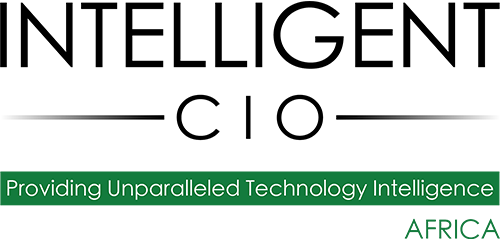Predictive and behavioural analytics enable better risk mitigation, fraud detection and customer insight for insurers. Kelly Preston, data analytics manager at SilverBridge, believes this provides organisations with a better understanding of not only how to approach solution development but also customer management.
“Being able to use these advanced analytical tools allows insurers to optimise business processes across the likes of sales, marketing, service delivery and compliance,” said Preston.
“Furthermore, this approach will see data become more integrated into all aspects of the business instead of remaining in various silos with departments unable to see the whole picture.”
At a time when insurtechs are flooding the market, taking with them much-needed consumer attention, traditional insurers must embrace predictive and behavioural analytics to regain the competitive advantage, or at the very least, be seen to be agile and willing to change.
Fortunately, the amount of data is pressurising insurers to view its importance in a new light. Given how rich data has become and the sheer variety of sources (or data channels) at their disposal, decision-makers are able to extract vital insight to revise their strategic approaches. Of course, this requires a different mindset and a willingness to adapt to new market requirements.
Risk in Africa
“While the use of these models to gain insight for more bespoke customer solution development is important, the real value for insurers doing business in Africa come in terms of risk management and fraud detection,” said Preston.
“Having the ability to optimise underwriting risk becomes a significant competitive advantage. And with paper-based systems still a challenge to overcome, being better able to assess, review and audit for fraud can save the insurer a significant amount of resources.”
Of course, leveraging predictive and behavioural models to their optimum only work in conjunction with the existing actuarial data the insurers have at their disposal. Using the best from unstructured and structured data sources empowers an insurer to more efficiently review and assess for risk and fraud.
“The emergence of real-time data monitoring in recent years has added a further tool in the armoury for local insurers looking to differentiate themselves from competitors, both traditional and from the insurtechs stable. Using data sources like telemetry data (and other Internet of Things-related devices), social media postings and mobile apps, insurers can create a rich environment where behavioural analysis can come into its own.”
However, it does not mean insurers have to adopt an all-or-nothing approach. Instead, they can embark on the transformation journey with smaller, more dedicated projects and gradually filter it through to the rest of the organisation. In this way, they can build business cases that show the value of predictive and behavioural models for C-suite executives and make the overall transition smoother.
“It is clear that the insurance environment has been evolving in recent times,” added Preston.
“Those who are the most willing to adopt new practices and utilise all available data resources to affect that change, will be the ones that remain competitive in the months and years to come.”


